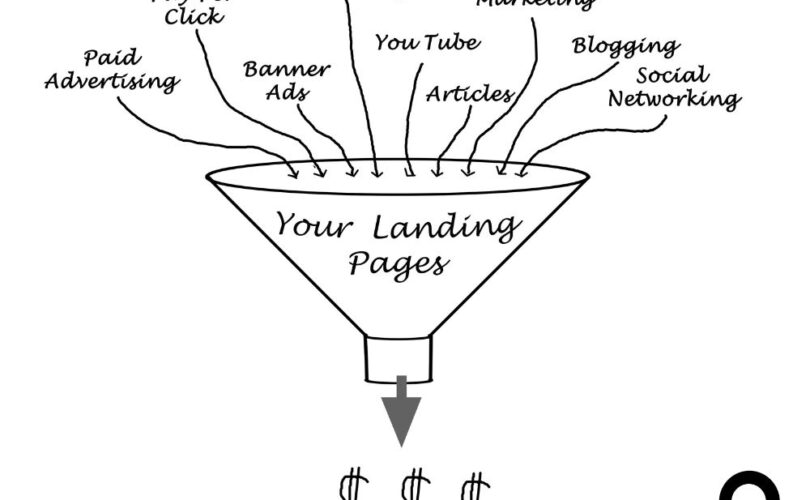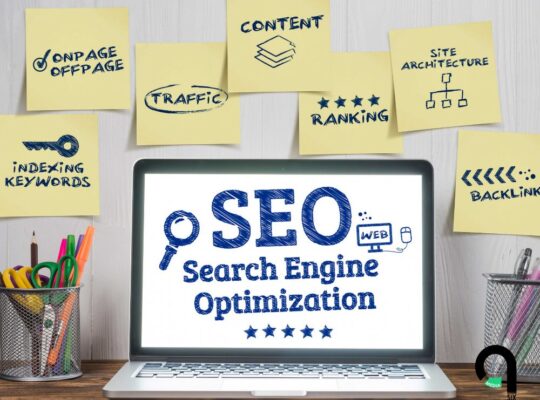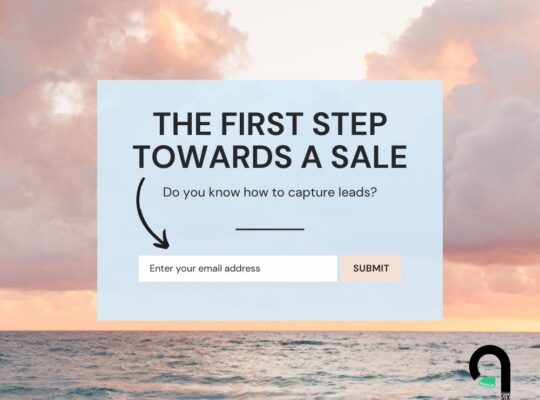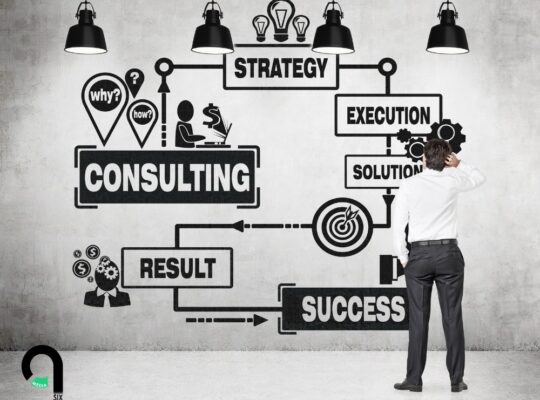A sales funnel is a step-by-step process that turns prospects into customers. Just as a funnel has a wide opening catching a large amount of liquid, grain, or powder, and draws it down through an increasingly narrowed tube, a sales funnel takes in a larger audience and funnels them to a concentrated percentage of people. The purpose of a sales funnel is to significantly increase sales opportunities. A sales funnel may differ slightly depending on the industry, platform, or necessary processes, but the main steps are the same throughout.
There are four basic stages of a sales funnel:
- Awareness
- Interest
- Decision
- Action
An example of an online sales funnel might be a person who is interested in finding a video streaming service so they search on Google. They find ‘Netflix’ and then click to visit the landing page. On the landing page the prospect finds the FAQ section to see what is offered and the pricing, this helps them decide. They click on each pricing option and make themselves aware of the available packages. After some investigating, they determine the package they like the most and then click to purchase. Once at the shopping basket, they take action and check out with a quick and easy process, making them a customer. Throughout the entire process, customer support via chat, Q&A, and by phone is available through the website to ensure the funnel runs smoothly.
- Awareness
Awareness is the first stage of the classic sales funnel model. In this stage, the prospect or potential customer is made aware of the company and the products or services offered. The act of making them aware can be performed on a landing page, an advertisement, a Google or other search engine search, a tweet, a social media post, email, direct mail, or the main website. More often than not, the prospect finds the company after they have discovered a need and found that the company offers a solution to that need.
- Interest
Interest is the second stage of the 4-stage sales funnel. This is where marketing and sales skills come in handy by piquing interest in the prospect, drawing them to this company as opposed to another competitor. There may be options for cross-comparing products and services across multiple companies in articles, graphics, social media clips, YouTube videos, etc. whether direct or through a third party. Each step taken for increasing the prospect’s interest increases the chances that they will become a customer. The prospect may show signs of interest by following and engaging with the company’s social media or subscribing to newsletters and updates.
- Decision
Decision-making is the third stage of the sales funnel. In this stage, the prospect is either ranking the company or services with other companies or services. This is how shoppers weigh their options comparing products, services, warranties, guarantees, credibility, longevity, popularity, and costs, among other things, in order to make a decision. It is possible that no two prospects have the same thoughts or values. Enticing them with options that win them over is important for success. This may include discount codes, bonuses, point programs, extra products or services, etc.
- Action
Action is the final stage of the 4-stage process of a sales funnel. This is where a prospect becomes a customer by officially making a purchase or paying for services, and finalizing the deal, i.e. they take action. It is important to focus on customer retention at this point, to ensure they do not cancel while encouraging them to come back for returned business.
Building a Sales Funnel
Once all information about the products and services to be sold has been put together, answering the questions most people would have and offering solutions to the common problems that the products or services will provide solutions for, a sales funnel can be put together. This will assume a website has already been created.
Create a Landing Page
According to Business News Daily, “A landing page is a page of your website designed for a digital marketing campaign. These pages include specific information, often tailored to a specialty audience, that reflect the messaging and goals of the marketing campaign.” These specially targeted pages provide the answers to the questions prospects and customers have, and help to build awareness, interest, and information pertinent to making a decision to buy.
Grab Their Attention
Building a sleek-looking website and landing page are a couple of ways of grabbing attention. Going a step further, it is a good idea to improve all search engine optimization (SEO) to increase organic search results in search engines which can be accomplished for free. Another option is to get paid advertising for Google and social media to improve the chances of grabbing market attention and making them aware. Email marketing and traditional mail marketing are also options for those with the funds to do so. Creating YouTube videos is also an excellent way of engaging with prospects and customers, as it is considered the second-largest search engine in the world and one of the largest influencer platforms for helping people make purchasing decisions.
Stay in touch with Customers
Staying in touch with customers is easier than ever. Through email marketing, newsletters, third-party advocacy, daily posts on social media, YouTube content, text alerts, and consistent SEO to stay relevant in searches, both prospects and customers will be able to stay in touch with the company and its products or services. By keeping in touch with customers, a company can increase the chances of customer retention and gain more sales and additional customers. By also seeking answers from customers for product reviews, ideas, and advocacy, a sales funnel can be maintained and optimized.







